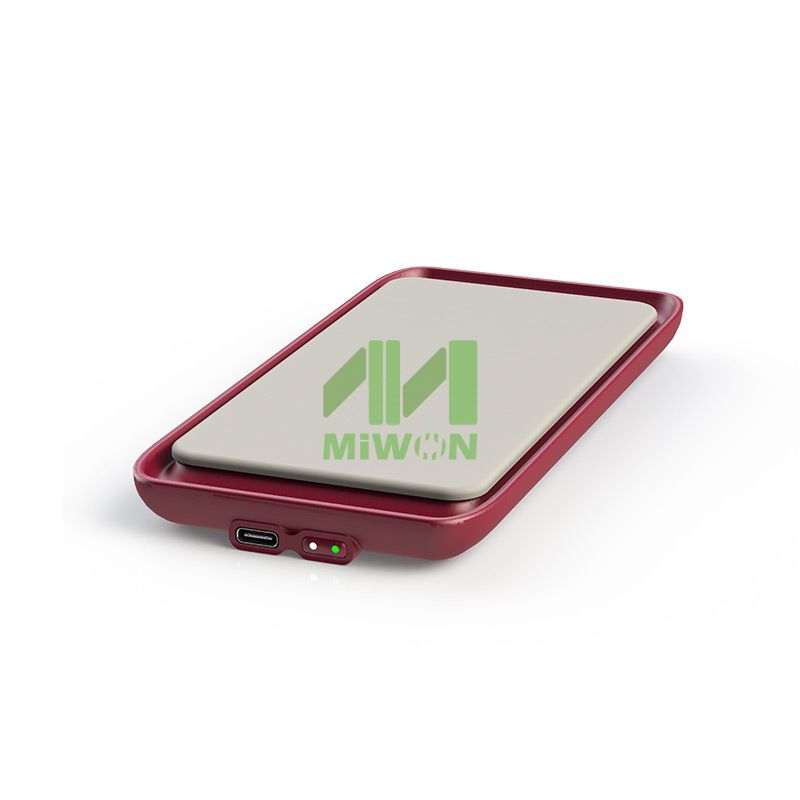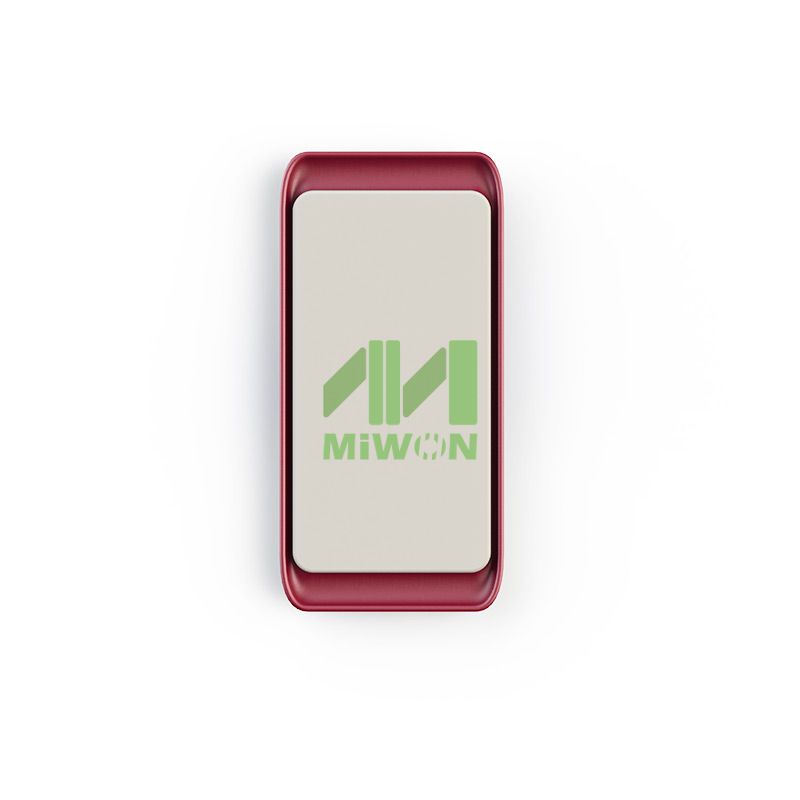Wireless Power Bank MW-2101
Capacity: 10,000mAH /37Wh, Li-Polymer battery
Product Description
Li-Polymer Power Bank Description
Li-Polymer power bank
Model: MW-WL2101
Waterproof: IPX6, the new generation of power banks
Capacity: 10,000mAH /37Wh, Li-Polymer battery
Li-Polymer Power Bank Features:
- Wireless charging power bank provides fast charging for iPhone 12 phone models
- This power bank is featured thin size but large capacity, it is easy to pick.
- This power bank has magnets so that you can attach it to your phone
- Suitable for any smartphone that supports wireless charging (with an external patch), tablet, GoPro, camera, PSP, earphones
- This power bank for charging your devices
- Fast charging with Quick Charge
Li-Polymer Power Bank Specifications:
- Lighting port input: 5V/2A
- Output: 15W/10W/7.5W/5W Qi wireless charging
- USB-C input: 5V/2A, 9V/2A, 18W max
- USB-C output: PD 5V 2.4A, 9V 2A, 12V 1.5A, 18W max
FAQ of Li-Polymer Power Bank
Lithium-ion vs Lithium-polymer power banks. Which is better?
According to Battery University, a free educational website offering hands-on battery information, the lithium-ion battery, or Li-ion, was conceived in the early nineties as an answer to safety concerns over rechargeable metallic lithium batteries. Sony first commercialized it in 1991, and since then, it has become the most widely used battery in the electronic market.
There are four main components of Li-ion batteries: The cathode, which is the source of lithium ions, determines the capacity and the average voltage. The anode, which stores and releases the lithium ions from the cathode. The electrolyte, a liquid chemical compound that allows the movement of ions. The separator, which prevents contact between anode and cathode. On the other hand, lithium-polymer batteries, also known as LiPo, have evolved from Li-ion batteries and follow the same design. For making the battery conductive at room temperature, nowadays, the type of electrolyte in the manufacturing of most LiPo cells is a gel, while a microporous separator replaces the traditional one.
As the table shows, the main advantages of power banks with LiPo batteries is that they're more compact and more lightweight. Besides, two of the main features users are looking for in a power bank is how compact it is and how much power it can deliver. Thus, logically, LiPo batteries offer both of these qualities; in fact, they allow manufacturers to capitalize and play with different shapes and sizes (lipstick, credit card) as well as a lightweight, making them more attractive to buyers.
However, despite being less safe, most renowned brands still implement Li-ion batteries due to two main things: low cost and durability. In the longterm, users want a power bank that not only looks fashionable, but that also feels durable, and Li-ion power banks don't become harder to recharge with the pass of the time as it's the case of LiPo power banks. In addition, manufacturers can save costs in their production, while offering good quality and as much as power as LiPo power banks.
As for the drawbacks, LiPo batteries are more expensive, increasing the total production cost of such power banks, and according to Battery University, "they have identical charge and discharge characteristics to other Li-ion systems, but their foil package may be less durable than Li-ion in the cylindrical package".






